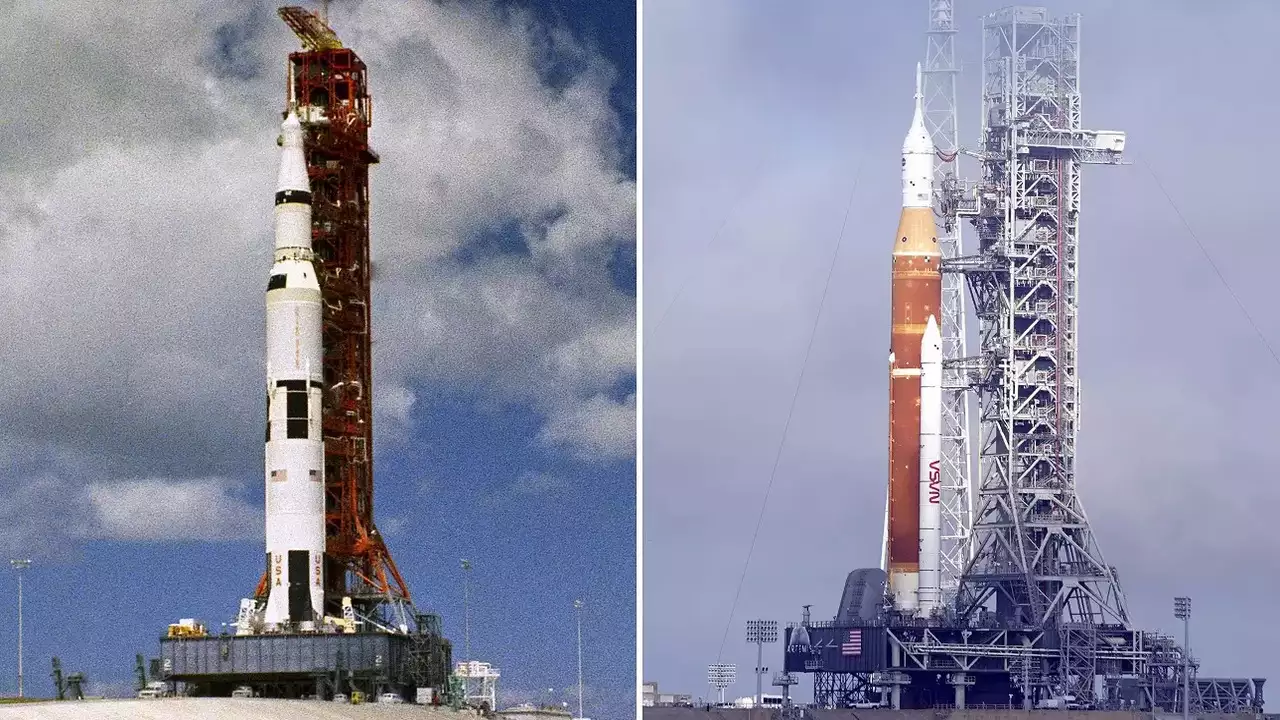WASHINGTON: NASA plans to launch the Artemis I mission on Monday from Kennedy Space Center in Florida, sending the Space Launch System (SLS) rocket and Orion capsule on a more than month-long journey around the moon.
The American space agency is targeting liftoff on August 29 between 8:33 a.m. ET and 10:33 a.m. ET. Artemis I will not carry astronauts, nor land on the moon, however, the mission is critical to demonstrating that NASA’s monster rocket and deep space capsule can deliver on their promised abilities. Artemis I has been delayed for years, with the program running billions over budget.
Artemis I will travel about 1.3 million miles over the course of 42 days, spanning several phases. After separating from SLS, the capsule will deploy solar arrays and begin a multi-day journey to the moon – departing from Earth’s orbit in what is known as a “trans-lunar injection.”
Fully fueled, SLS weighs 5.7 million pounds, and produces up to 8.8 million pounds of thrust – 15 per cent more than the Saturn V rockets last century. SLS uses four liquid-fueled RS-25 engines, which flew on the Space Shuttle before being refurbished and upgraded, as well as a pair of solid rocket boosters.
It’s the first mission in NASA’s Artemis lunar program, which is expected to land the agency’s astronauts on the moon by its third mission in 2025.
NASA plans to fly Orion as close as 60 miles above the moon’s surface, before moving into a wide orbit around the lunar body. To return, Orion will use the moon’s gravity to assist it in setting a trajectory back into Earth’s orbit.
Orion is expected to splash down in the Pacific Ocean off the coast of San Diego, California where a team of NASA and Department of Defense personnel will recover the capsule. (ANI)
Also Read: Indian-American Raja Chari picked by NASA for Artemis Moon missions








